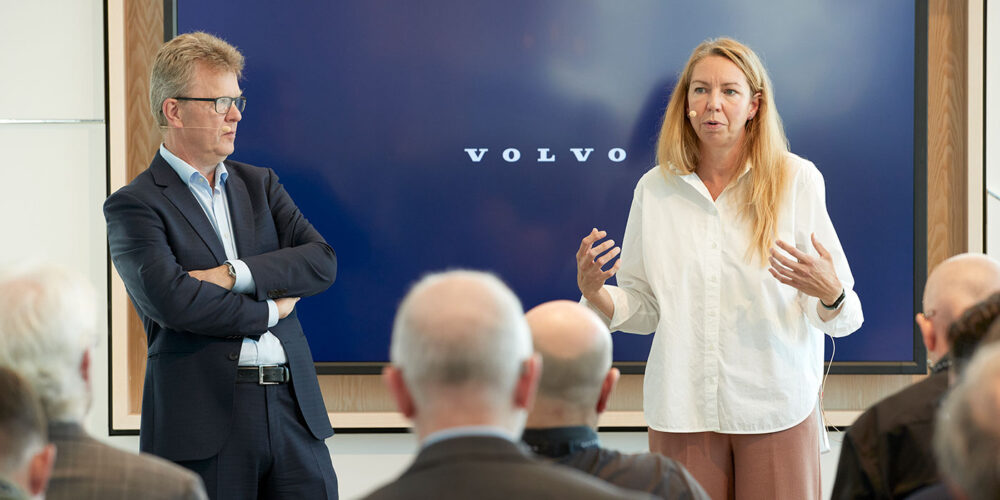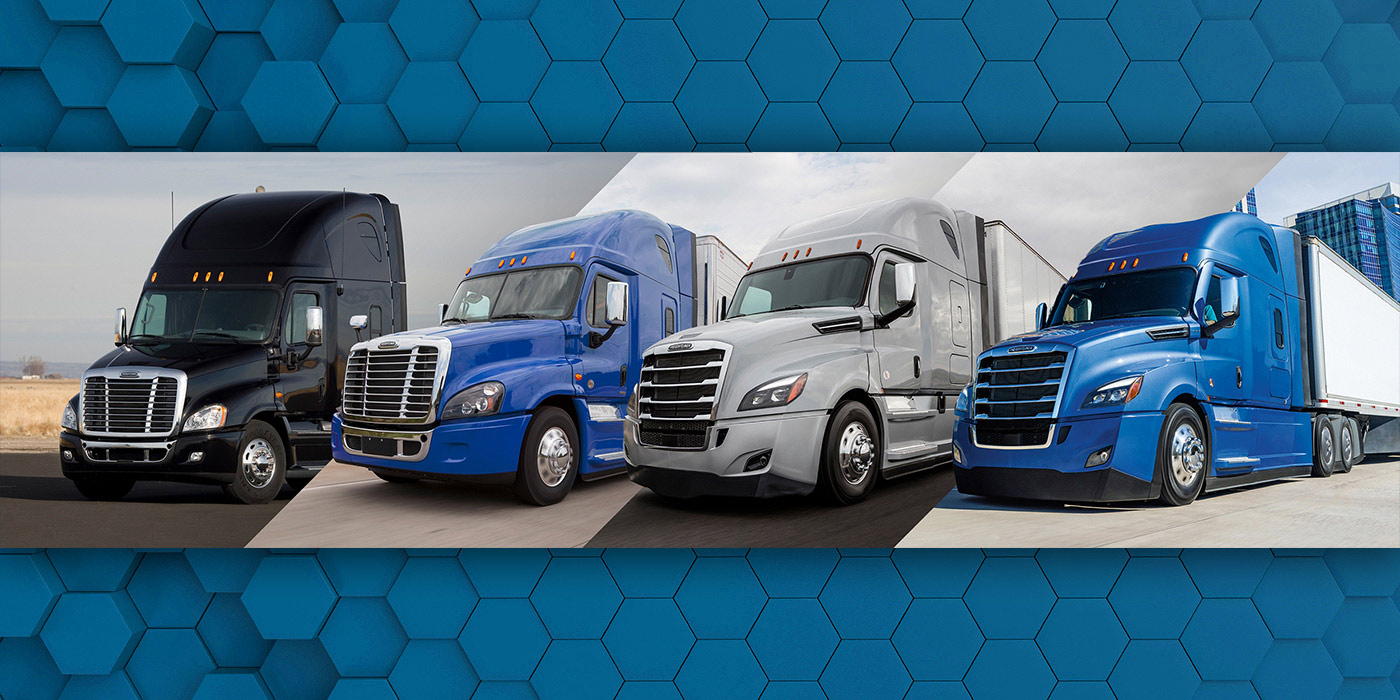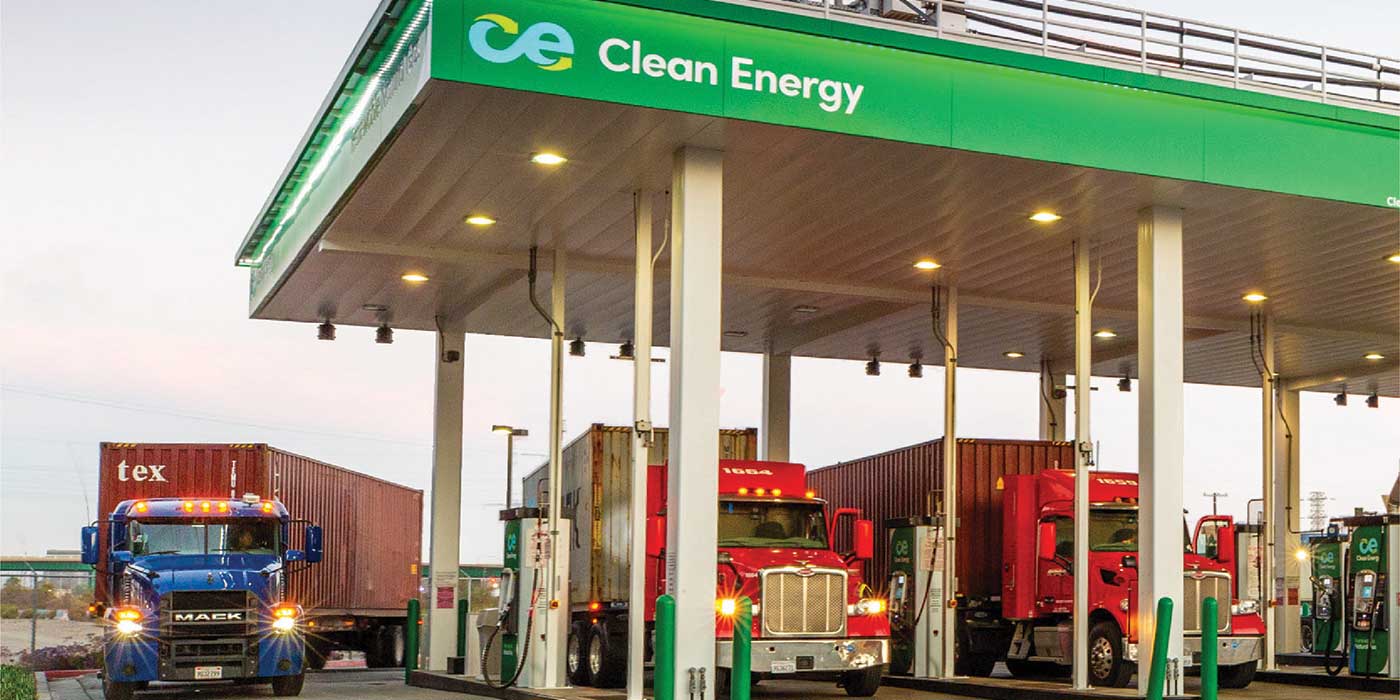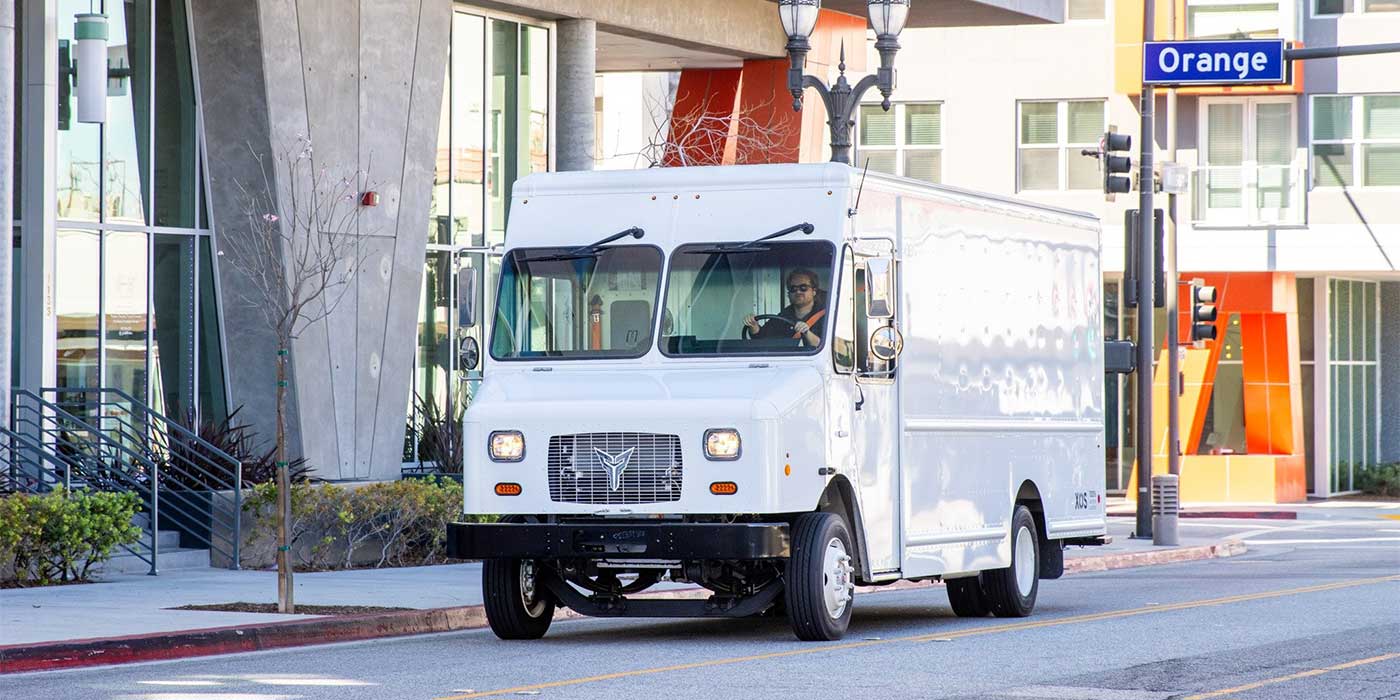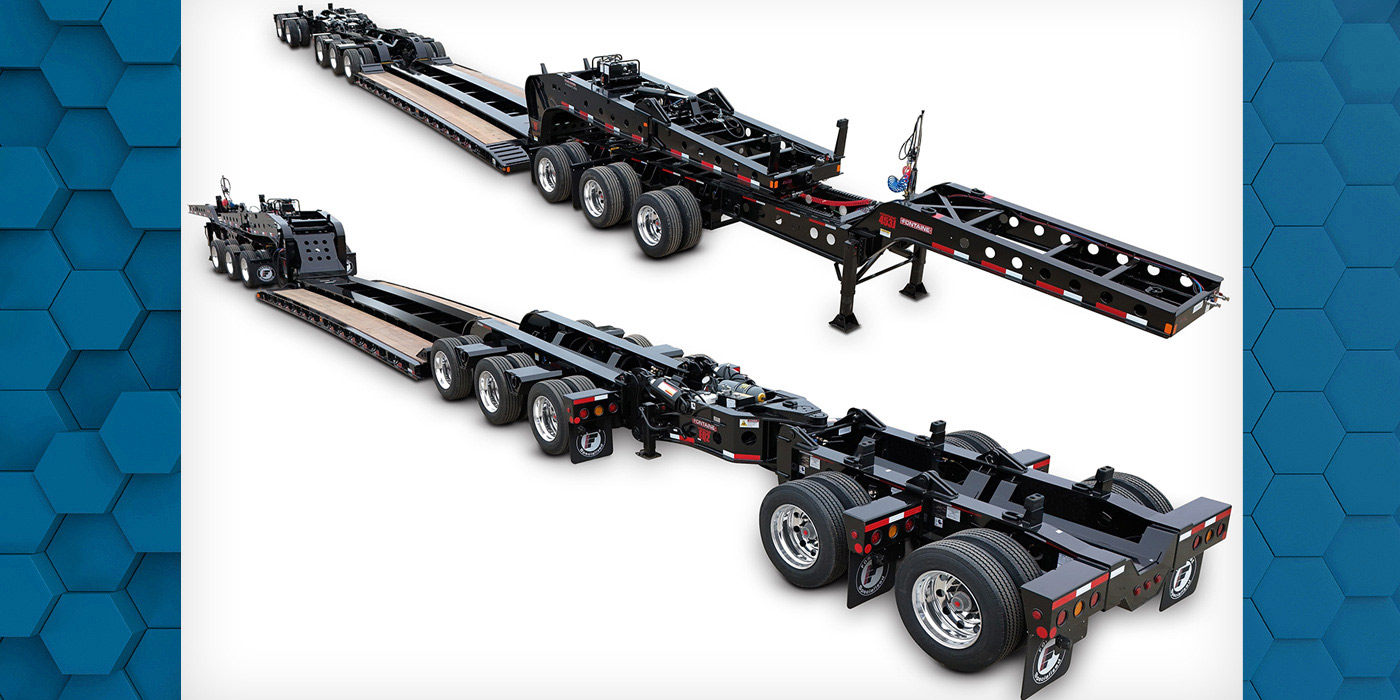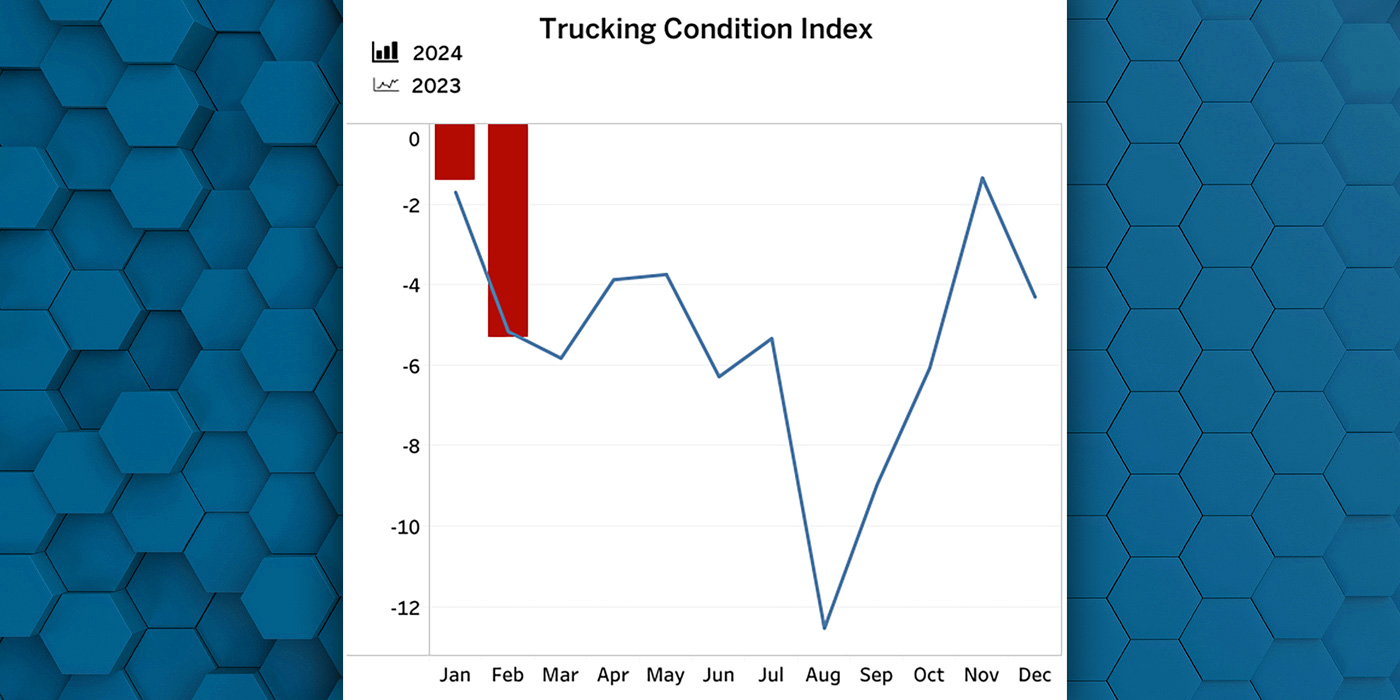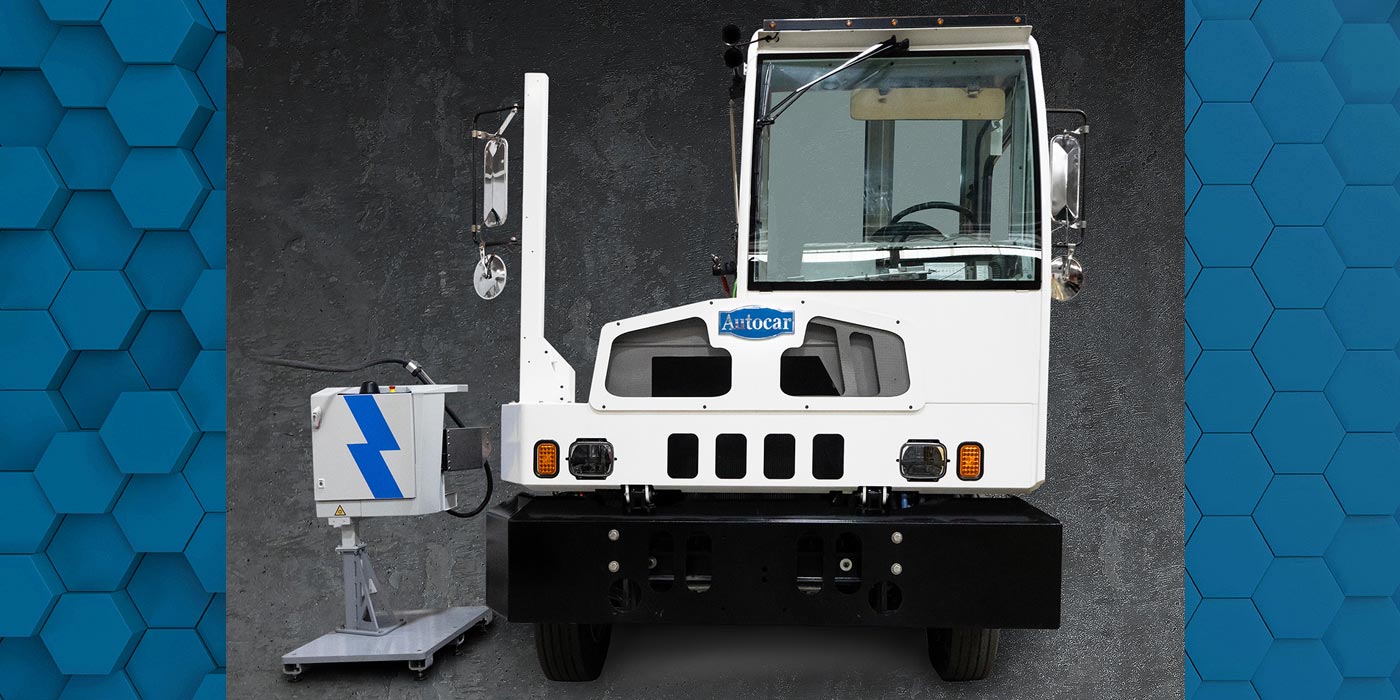We all want answers, but the future is unwritten. How zero-emissions vehicles will make their way into trucking markets, how they’ll be supported, even fueled or charged, and what the ROI is for the fleet are still question marks in many cases. The industry has some answers already, as Class 8 battery electric trucks, including the Volvo VNR Electric, are being ordered, manufactured, and delivered to hard-working fleets across the country. Still, it’s early days in the zero-emissions vehicle transition. During a global press event, Volvo Trucks President Roger Alm and Jessica Sandström, senior vice president of product management and sustainability at Volvo Trucks, addressed a bevy of questions from the global trucking trade press. Here are their answers.
Where are we in global electric charging infrastructure development?
Roger Alm: One of the key elements is charging infrastructure and how this will be close to our customers. It’s about scaling up and utilizing that when the driver is resting. We also need to develop fast charging so the product can receive energy much faster than we’re seeing today.
Can you give an example of how charging infrastructure is being improved?
Jessica Sandström: Sweden is a good example. Sweden launched a significant program last year where everyone could apply for money—a substantial sum—and the only requirement was that [the charging station] be open for everyone. It’s public charging. You couldn’t get the money if you built it on your private facility. I believe this will change the landscape in Sweden in the next two years, with a higher density of high-power chargers.
Is implementing these charging solutions easier in some countries than in others, given different regulations and funding availability?
Jessica Sandström: There’s a correlation between countries with a high number of electric cars and these initiatives. Once you’ve driven an electric car and gotten used to it, overcoming range anxiety, you’re more open to the idea that it might work for heavy transport as well. Society’s development plays a role.
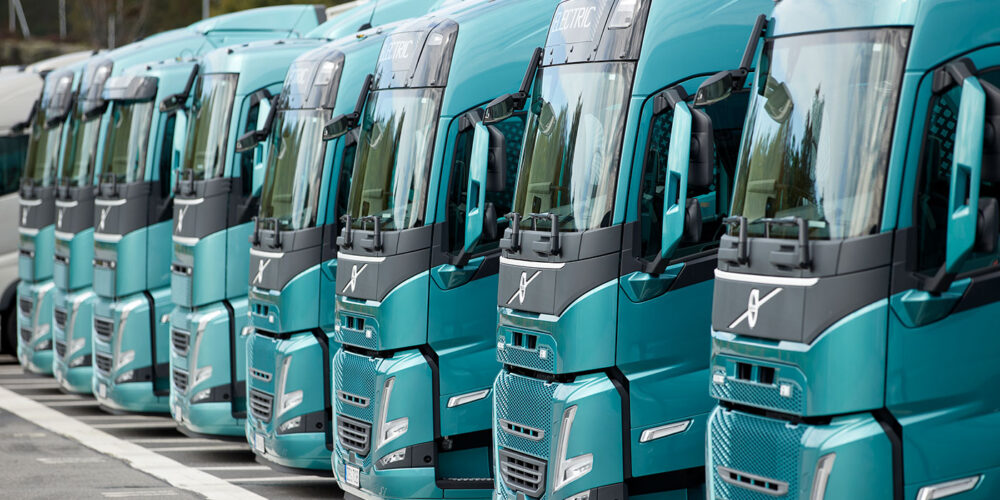
Do you notice any similarities between the adoption of hydrogen fuel cells and that of battery electric?
Jessica Sandström: We’ve learned a lot when it comes to how to deploy [hydrogen fuel cells], for instance: the standards on how to fuel, what type of connection we should have, what the fueling pressures are, what type of fuel we use, and so on. I think we have learned a lot when it comes to how we need to collaborate with both the players who will build the infrastructure but also with our competitors, because it doesn’t really make sense if we all have different views in terms of technology development—the pros and cons of different types of fuel for instance.
We are trying to find the best trade-off looking at the entire system. When you take a step back, you need to get the fuel to the charging or to the fueling station, you need to have an efficient system, and so on. That is where we are collaborating a lot already now with different players around the globe.
Roger Alm: As you can understand, this is a significant change, not only for us as a manufacturer but for our customers too. We’re bringing a lot of this knowledge into the transformation, not only for ourselves but also for our customers.
Your target date for a completely zero-emissions product lineup is 2040. What are the percentage breakouts across the zero-emissions technologies like hydrogen fuel cell, battery electric, and a potential ICE option?
Jessica Sandström: The target is that 50% should be electric. That is our target that we will have to develop market by market. So it’s hard to tell. We need to have access to the fuel and I think that is the big question. Where will you have access to what type of fuel? But we believe that the battery electric is the most efficient and best solution for most of the customers. Then the rest will depend.
Roger Alm: The battery electric products that we have today are not the end of the technology development. We will develop that over time. It’ll be evolution in the technology.
How effective are route simulators in giving customers an understanding of the trucks’ operation?
Jessica Sandström: If any of you drive an electric car, then you probably got one kilometer or one mile range number when you bought it, and in reality, it’s something different. We can’t have it like that. Our trucks need to work every day transporting goods. So our route simulator is used in several of the steps when we are deploying the electric trucks. First, when we talk to the customers trying to find the route that is best to operate. We specify the truck. We also come with recommendations on charging power and where to have charging stations. Then dispatch operations are using it. So every day you can see how electric trucks work in reality.
We constantly make sure that it correlates. So upgrades, upgrades, upgrades. When we upgrade the truck, we make sure that we have the right range numbers.
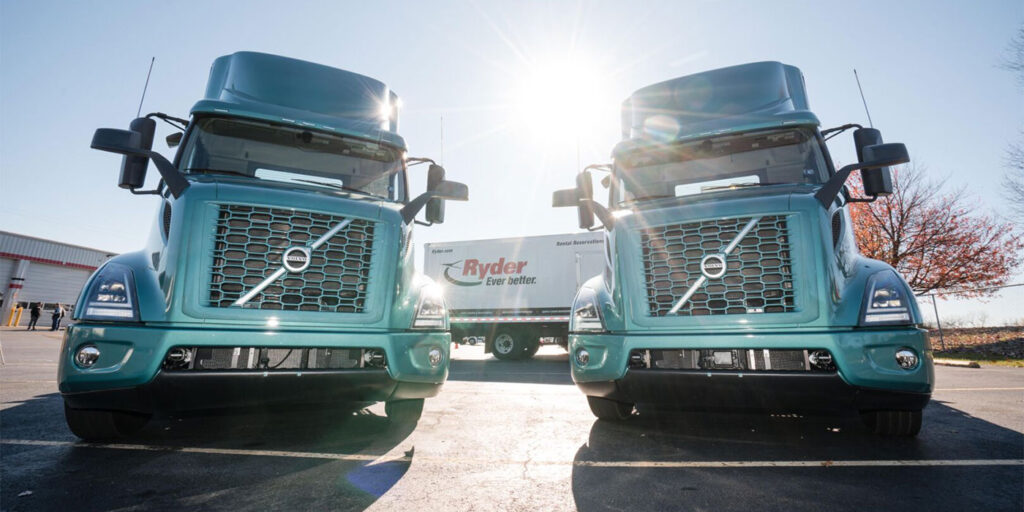
Can battery technology evolve to support long-haul applications or will fuel cells and internal combustion remain the better options?
Roger Alm: There is no silver bullet. It’s not one technical solution that we see today and it might be that something else will appear that we need to take into consideration as well.
Jessica Sandström: With long haul, what we are learning is that what we know is that the operation looks very different for different customers. So for those types of operation, it’ll depend on how they operate, where they stay overnight, and so on. We will have both technologies. We see that the battery technology will continue to evolve and we will be able to increase the driving range, but we also see that hydrogen fuel cell will be very good in some of the applications.
There’s been talk about demand on electric grids. How are you addressing grid capacity to support your electric trucks?
Jessica Sandström: We talk to everyone and their dog to explain how this will develop and what we need for the future. Of course, the grid is often owned by the state or the country. There, we talk to the politicians, but the companies that provide the service as well. They are commercial companies. So we talk to all of them.
But I believe that what makes the difference is when you see that it really works. That is also why we are so proud that we have now sold the 6,000 electric trucks because those are the most credible ambassadors. The drivers who have been in the electric truck, many of them, in the beginning, had range anxiety. Then they saw that it really, really works and no one wants to go back. That also encourages the politicians to speed up and really make the investments needed.
Roger Alm: We have people in discussions as Jessica said, and we believe that we will see more partnership in the future.
Catch up on Volvo Trucks’s earlier global zero-emissions trucks presentation by clicking below.

